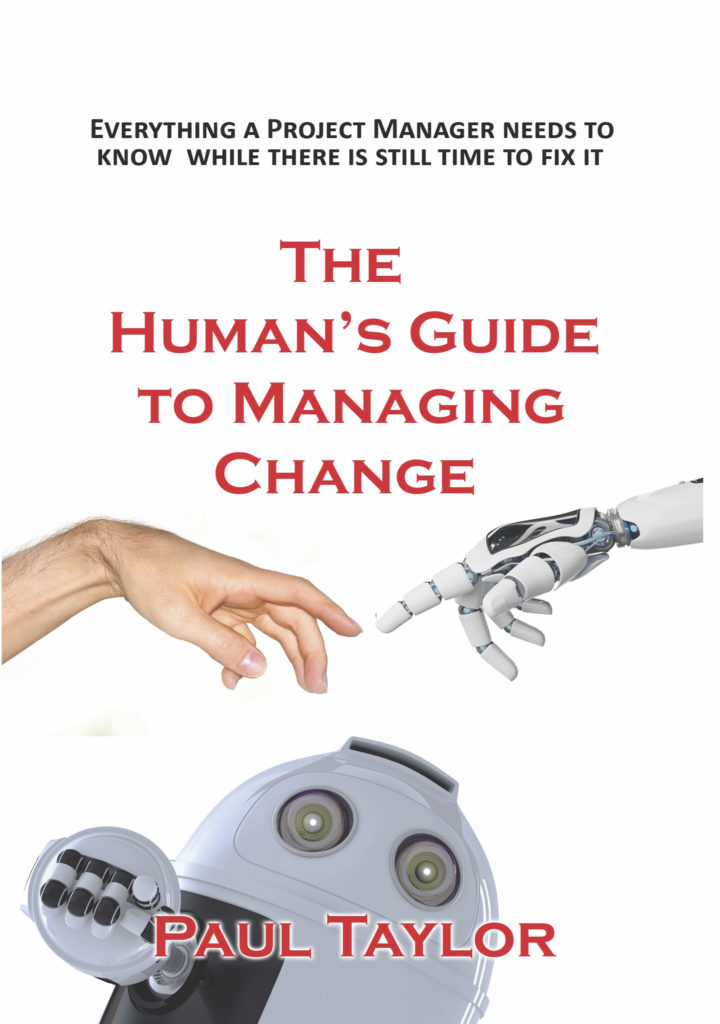Change is now part of normal business operations and this can be evidenced with terms such as “change as usual”
However, most of the change literature and supporting training courses tend to focus on implementing a specific change itself. For example, understanding the scope, understanding success criteria, planning, managing problems etc. However, a large number of change failures are caused by the organisation implementing the change not having the capabilities to implement changes successfully.
Having the capability to implement a successful change is an organisational capability that needs to be in place (especially with the constant nature of change). This is along the same lines as the capability to market products, distribute products, manage finance, manage technology, etc. If a change capability does not exist then it needs to be developed pretty urgently
These capabilities can be split into three areas:
The first area relates to issues or capabilities that are internal to the organisations and often not that visible to the outside world.
For example, does the organisation have the right skills, people, structures, cultures and capabilities to implement a change successfully? If there are issues or problems in this area then, because these are internal issues, then an organisation should look to address them as soon as possible. If they are not addressed then they will cause challenges when trying to implement any change.
The second area relates to issues that are caused by the external environment that the organisation operates within.
For example, does the organisation fully understand their customer base, their product base, the regulatory environment they operate in, etc.? Because these are external factors then an organisation may not have much power or scope to change them. However, they should be aware of them so they can implement contingencies and mitigations.
The final area relates to issues that cross the internal and external barriers of an organisation.
This area relates primarily to the complexity of the operating model that underpins the day-to-day, monthly, annual, etc. running of an organisation. Nearly all organisations’ operating models consist of a ‘spaghetti’ of attributes plugged together. For example different internal processes, different technology, different people, etc. as well various internal suppliers, external suppliers, multiple locations and different time zones.
While it may be possible for an organisation to change certain internal parts of their operating model, they may struggle to change the external parts especially if these are being supplied by an external supplier or part of market infrastructure. Therefore it is important that an organisation fully understands all aspects of their operating model because any materials gaps in knowledge will result in problems with implementing changes which could result in failures.


Recent Comments